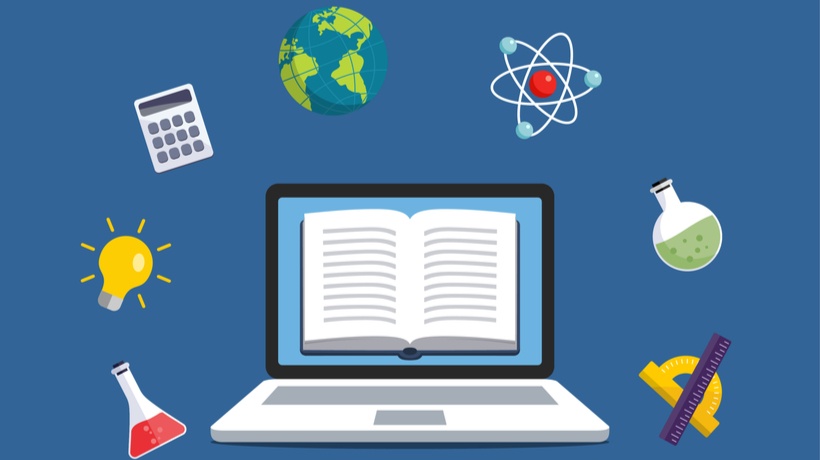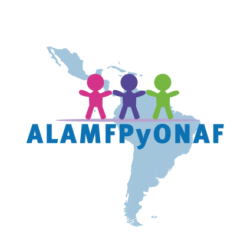In today’s significantly interconnected globe, the capacity to function collaboratively is an essential skill. As traditional academic paradigms progress to satisfy the needs of the 21st century, collective learning emerges as a crucial concept. This short article looks into the ins and outs of joint discovering, exploring its benefits, methods, and difficulties, while supplying insights right into exactly how it shapes contemporary education and learning.
Collective discovering surpasses just collaborating.

It personifies an educational method where individuals take part in a collective initiative to get knowledge, address problems, and attain a common objective. This method emphasizes the value of variety in idea and cultivates much deeper understanding with communication and common experience.
The Advantages of Collaborative Discovering
Collaborative understanding supplies a myriad of advantages, making it a favored method in instructional settings around the world. One of the main benefits is the enhancement of essential thinking abilities. As learners involve with peers, they are subjected to various perspectives, motivating them to assess and evaluate info more seriously.
One more significant benefit is the enhancement in communication skills. Collaborative knowing atmospheres require energetic listening, express expression of concepts, and considerate discussion. These skills are vital, not simply academically, but in professional and social contexts also.
Cognitive growth is also notably reinforced with collaborative efforts. Collaborating needs students to articulate their reasoning, difficulty assumptions, and integrate different point of views, leading to much deeper cognitive processing and retention.
- Boosted vital assuming
- Boosted interaction abilities
- Raised cognitive development
- Higher retention prices
- Promoting of social and leadership abilities
The cumulative impact of these advantages is a more holistic educational experience. Learners not only get understanding but also create vital life skills that prepare them for future collective undertakings in any kind of area.
Techniques for Effective Collaborative Learning
Applying collective knowing efficiently needs thoughtful method and planning.

Educators should develop an environment for partnership, where learners really feel safe and motivated to get involved openly. Right here are some techniques that can facilitate successful joint understanding experiences.
Firstly, developing clear goals and expectations is critical. When students understand the objectives and their functions within the group, they are more likely to engage meaningfully. Educators must connect these goals explicitly and guarantee they are aligned with the curriculum.
Second of all, the use of diverse group frameworks can enhance the discovering experience. By varying group make-up, whether by ability degree, interest, or history, teachers can stimulate vibrant communications and a much more thorough understanding of the material.
Obstacles in Collaborative Discovering
While joint understanding uses many benefits, it is not without its challenges. One usual problem is the variation in team participant engagement. Some people may control conversations, while others might be much less likely to contribute, leading to an inequality in the discovering experience.
- Inconsonant degrees of participation
- Prospective for dispute
- Time management difficulties
- Varying levels of commitment
Furthermore, disputes can arise due to varying opinions, working styles, or misunderstandings. Educators must be outfitted to manage these problems successfully, cultivating an atmosphere where respectful discussion prevails.
The Function of Modern Technology in Collaborative Knowing
In the electronic age, technology plays a critical duty in helping with collective learning. On the internet systems damage geographical obstacles, enabling people from varied locations to work together in actual time. These devices use a wide variety of features that boost collective initiatives, from shared documents and discussion online forums to virtual conference spaces.
Modern technology not only widens the range of that can take part in collaborative understanding yet also improves the high quality of interaction. Learners can access a broader range of resources, engage with interactive content, and use their expertise in innovative means.
Future of Collaborative Learning
Looking ahead, the future of collaborative discovering shows up encouraging. As schools remain to embrace innovation and innovate pedagogical strategies, collaboration will likely come to be a cornerstone of discovering experiences in any way degrees of education.
Inevitably, the essence of collaborative learning lies in its ability to check out the q&a website for advice encourage individuals with shared effort and good understanding. As we progress, growing these experiences will certainly be important in preparing learners not just to be successful academically, yet to flourish in a facility, interconnected world.


